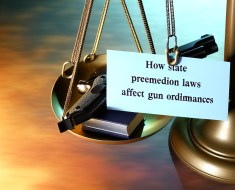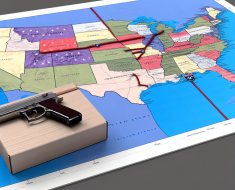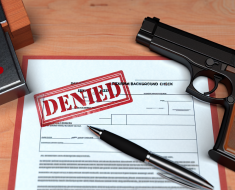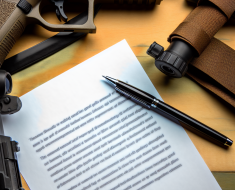The Role of the ATF in Gun Law Enforcement
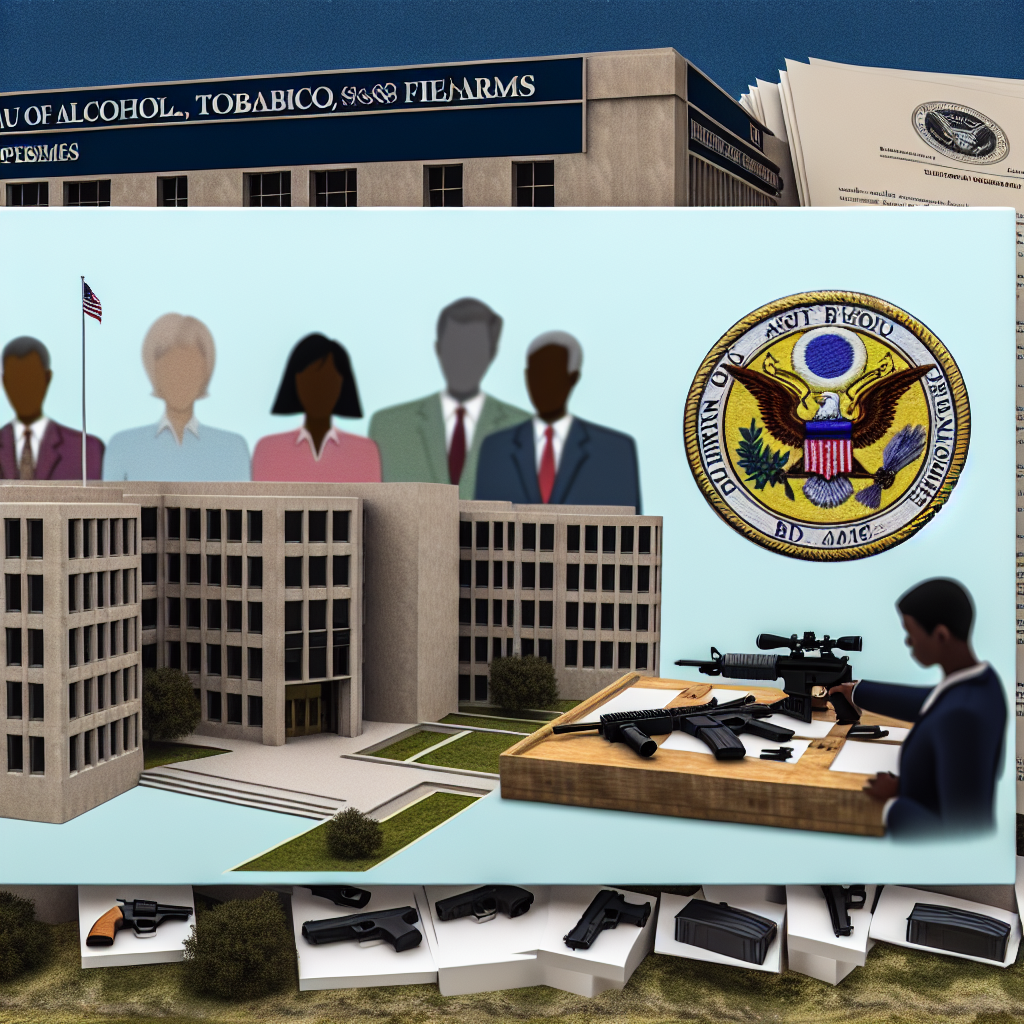
The Bureau of Alcohol, Tobacco, Firearms and Explosives (ATF) plays a pivotal role in enforcing gun laws within the United States. As a federal law enforcement agency under the Department of Justice, the ATF’s mission encompasses regulating firearms and explosives, investigating violent crimes involving firearms, and ensuring public safety. This article explores the multifaceted responsibilities of the ATF in gun law enforcement, highlighting its regulatory framework, investigative efforts, and collaborations with other agencies. Through detailed examples and statistics, readers will gain a comprehensive understanding of how the ATF shapes gun law enforcement in America.
The Origins and Mandate of the ATF
The ATF traces its roots back to 1972 when it was officially established as a bureau within the Treasury Department. Its initial focus was on alcohol and tobacco taxation, but over time, its responsibilities expanded significantly to include firearms and explosives regulation.
In 2003, following the Homeland Security Act and reorganization of federal agencies post-9/11, the ATF became part of the Department of Justice. This shift underscored its critical role in combating violent crime and terrorism threats related to firearms and explosives.
Today, the ATF’s mandate includes:
- Regulating firearms commerce through licensing and compliance inspections.
- Investigating violations of federal firearms laws such as illegal possession, trafficking, and manufacturing.
- Enforcing explosives laws to prevent bombings and terrorist attacks.
- Reducing violent crime by working with local law enforcement agencies.
This broad mandate positions the ATF as a central figure in maintaining firearm safety and preventing gun-related violence at a national level.
Regulating Firearms Commerce: Licensing and Compliance
One of the primary functions of the ATF is regulating legal firearms commerce within the United States. This involves overseeing federally licensed firearm dealers (FFLs), manufacturers, importers, and collectors to ensure compliance with federal laws.
All businesses or individuals engaged in selling or manufacturing firearms must obtain an FFL from the ATF. The agency conducts thorough background checks before issuing licenses and regularly inspects licensees to enforce compliance with regulations such as record-keeping requirements.
Key elements of this regulatory function include:
- License issuance: The ATF processes applications for various classes of FFLs depending on business type (e.g., retail dealer, manufacturer).
- Compliance inspections: Routine visits ensure that licensees maintain accurate records of firearm sales and transfers as mandated by federal law.
- Enforcement actions: The agency can suspend or revoke licenses for violations such as illegal sales or failure to keep proper records.
The importance of this regulatory oversight is reflected in data from recent years. According to the ATF’s Annual Report for Fiscal Year 2022:
- The agency issued over 140,000 new or renewed FFLs nationwide.
- More than 20,000 compliance inspections were conducted at licensed premises.
- Approximately 1,200 licenses were revoked or suspended due to non-compliance or criminal activity.
This rigorous regulatory approach helps prevent guns from falling into unlawful hands by ensuring that all legal firearm commerce adheres to established safety standards.
Investigating Illegal Firearms Trafficking and Violent Crime
The investigative arm of the ATF is crucial in combating illegal firearms trafficking—the unlawful movement or sale of guns that often fuels violent crime across states and cities. The agency employs special agents who conduct criminal investigations targeting major firearms offenses including straw purchases (buying guns for someone prohibited from owning them), smuggling, and possession by felons or fugitives.
A notable example illustrating the impact of these investigations is Operation Fast and Furious (2009-2011), although controversial due to operational failures. Despite its issues, this operation shed light on how illegal trafficking networks operate across state lines involving thousands of firearms destined for criminal organizations.
Since then, reforms have strengthened investigative protocols. The ATF now focuses on intelligence-driven operations aimed at dismantling trafficking rings that supply guns used in crimes such as homicides and armed robberies. For instance:
- Project Gunrunner: An initiative designed to stop illegal gun trafficking into Mexico has led to hundreds of arrests domestically by tracing weapons recovered at crime scenes back through their purchase history.
- The National Integrated Ballistic Information Network (NIBIN): Operated by the ATF, this program uses ballistic imaging technology to link shell casings found at crime scenes with specific firearms—helping identify repeat offenders swiftly.
Statistics highlight these efforts’ significance: In FY2022 alone, ATF special agents made over 6,500 arrests related to illegal firearms violations. Additionally, thousands of weapons were seized from criminal enterprises nationwide during coordinated raids.
The Role in Enforcing Gun Control Legislation
The ATF plays a key role in enforcing landmark federal gun control laws passed by Congress. These laws provide frameworks regulating firearm ownership eligibility criteria, types of permissible weapons, background checks requirements, and more.
A few critical laws enforced by the ATF include:
- The Gun Control Act (1968): Established



